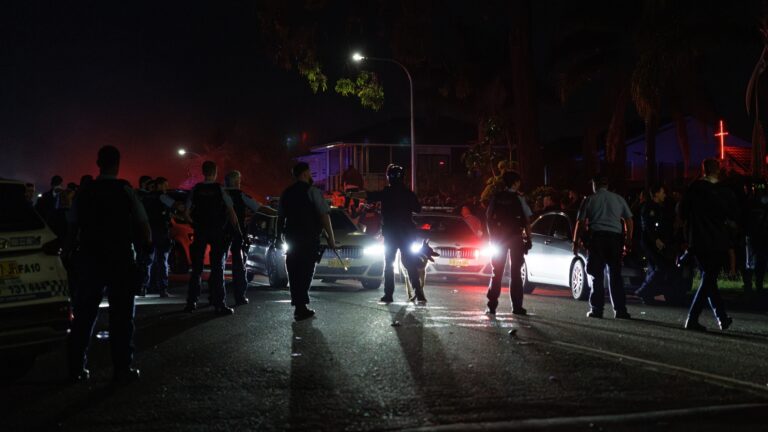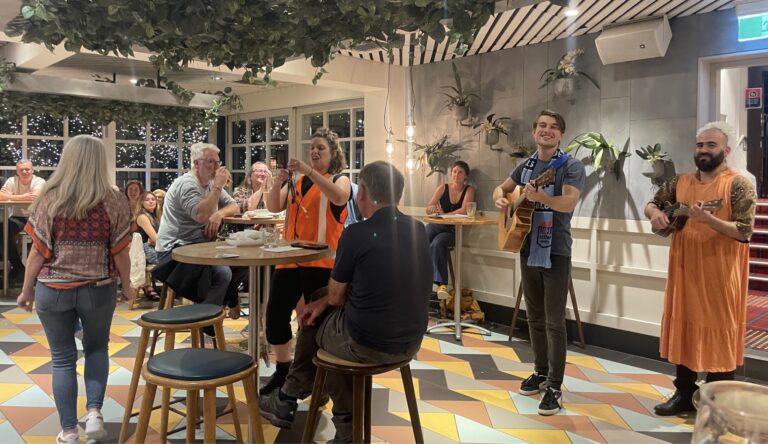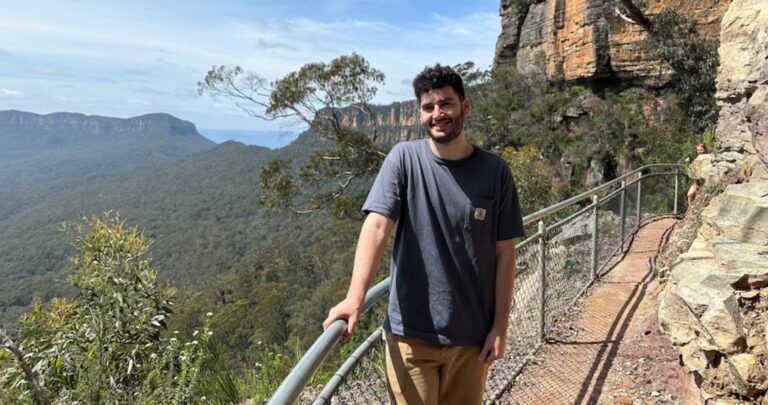
Learning to love the bin chicken

BY JOHN MOYLE
It is rare when city dwellers don’t get excited about being in close proximity to our native wildlife going about their struggle for survival in our urban wilderness, unless the species is the Australian white ibis.
Few creatures of any description have garnered more rancor and derision than the ibis.
The white ibis’ urban sobriquets of ‘bin chicken’, ‘tip turkey’ and ‘dumpster diver’ are just some of the more polite indications of the low ranking on the ‘cute’ stakes much of the public hold this most misunderstood bird.
That the white ibis is even in cities says more about us than about them, and we are the ones at fault here.
In its natural state the white ibis lives far from any urban area, living and breeding in the vast wetlands of inland NSW, with the Macquarie Marshes being its natural stronghold, where in 1998 11,000 nests were recorded.
Then something happened.
Before 1970, the white ibis was seldom seen in the Sydney area, in fact, they were so exotic that Taronga Zoo kept seven pairs on display, until they became aggressive and were freed to become an urban myth.
It’s doubtful that Sydney’s ibis population started with these zoo refugees and more likely that the numbers we see now are a result of the degradation of their natural habitat due to overuse and mismanagement of the wetland’s water supply.
Dr Sean Coogan loves the white ibis, to the extent that he left his home in Canada to spend a year at Sydney University to research the bird for this doctoral thesis.
“There is growing awareness that these are Australian birds, and that their urban colonisation is thought to be largely due to issues around water resource management and drought,” Dr Coogan said.
If this theory holds, it means that the white ibis is a bellwether bird for our mismanagement of natural resources, forcing it to become a refugee in its own country.
It’s just unfortunate for the white ibis that its habits of foraging in bins, noisy nesting, and mating and white-washing the pavement has brought it into such disrepute.
The white ibis is here and here to stay in ever increasing numbers.
“The population is very likely to increase as the ibis population of the Sydney region doubled from a peak of 4,200 in 2006 to 8,900 in 2008,” Dr Coogan said.
The Royal Botanic Gardens Sydney, in conjunction with the Office of Environment and Heritage, conduct surveys and monitor the white ibis across NSW.
“There are small numbers of ibis at a lot of locations across the Sydney region, with the largest colonies at Lake Annan and Lake Gillawarna,” A Botanic Gardens spokesperson said.
Proximity to food – either rubbish or natural supplies – and tall palms for nesting and roosting mean that ibis now range across the city.
Birds identified as being from Centennial Park have been seen scavenging at tips as far afield as Belrose, Eastern Creek, Lucas Heights and Gosford.
Each year the Royal Botanic Gardens and the Department of Environment and Heritage urges the public to get involved in ‘The Big White Bird Survey’ that monitors the white ibis population and their dispersal across NSW.
“Some research has shown that ibis will move around Sydney after rainfall to parks with lots of worms such as the Domain, and then when it dries, move to parks like Belmore Park near Central Station that have lots of human food,” Dr Coogan said.
White ibis can be identified by either leg tags of various colours that denote the location of where they were tagged, or by wing tags, where yellow indicates Sydney city, green for Centennial Park, blue for Olympic Park and black for Lake Annan and Spring Farm.
Sydney’s love-hate relationship with the white ibis recently played out on Facebook when around 20,000 people registered for an ‘International Glare at Ibises Day’, where the community could gather in parks and glare at them in a non-violent manner.
Recently, Sydneysider David Johns stunned the world with his well-crafted, Attenborough style mockumentary in 4K, titled, ‘Planet Earth: Bin Chicken’ that lifted the lid on bin chicken hotspots around Sydney.
Local Redfern music producer Ralph Lauren is the administrator of the ‘Ibis Out of Redfern Now’ Facebook page that currently has 4,680 likes, while Alexander Majchrowski has an alternative pro-ibis Facebook site titled ‘Ibis in Sydney’, with 3,266 likes.
“I know each one of them (ibis) has a great inner beauty,” Alexander said.
But no great ignominy has befallen the white ibis than its loss to the common magpie in the Guardian’s inaugural ‘Bird of the Year’ poll.
With results so close as to make a twitcher twitch, the Threskiornis molucca polled an heroic 19,083 votes to the magpie’s title defining 19,926 votes.
Yes, it was rigged. I know that for sure.









